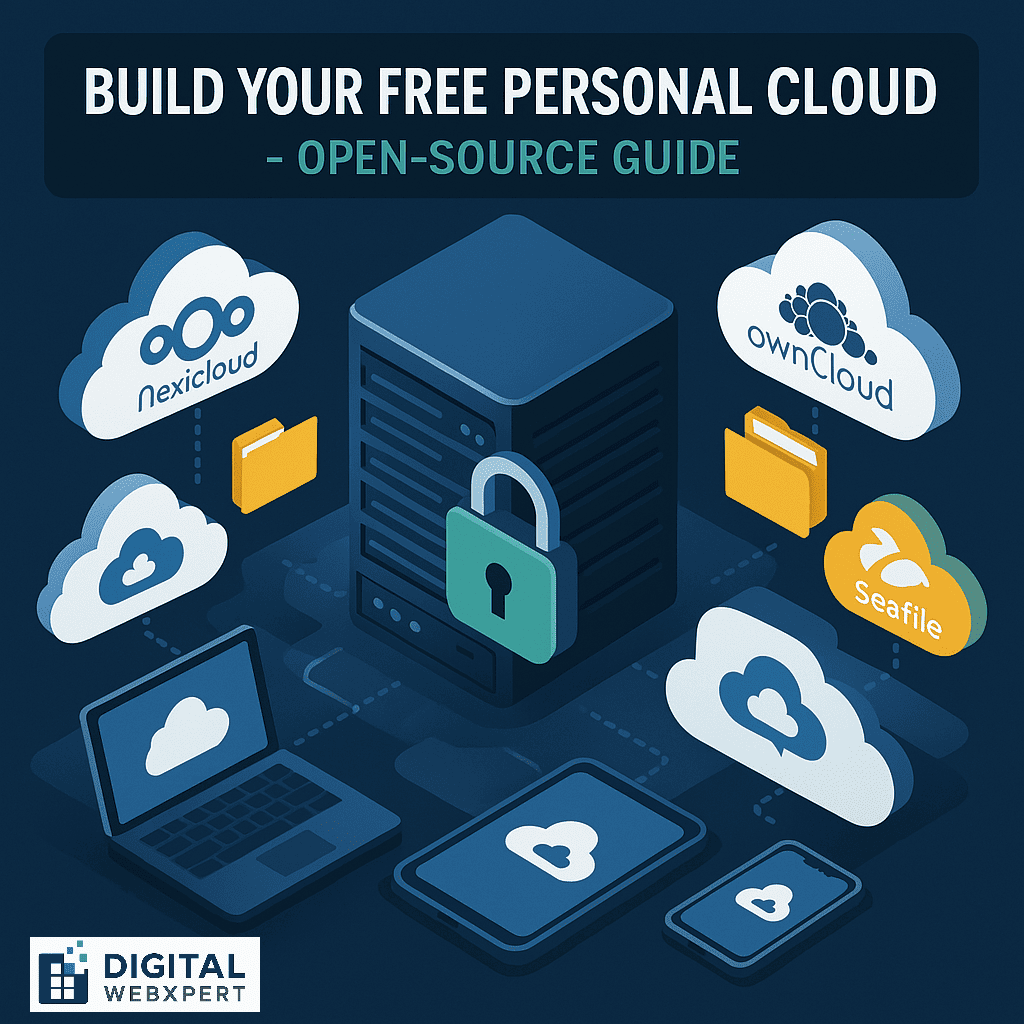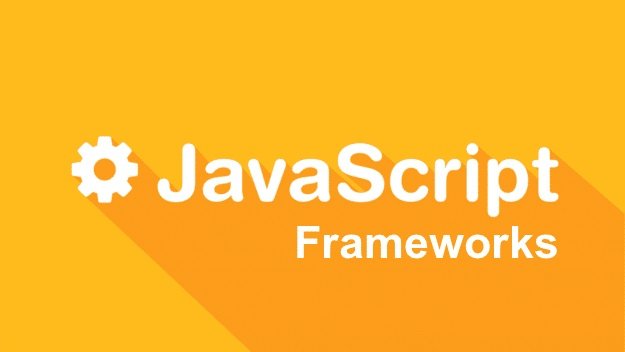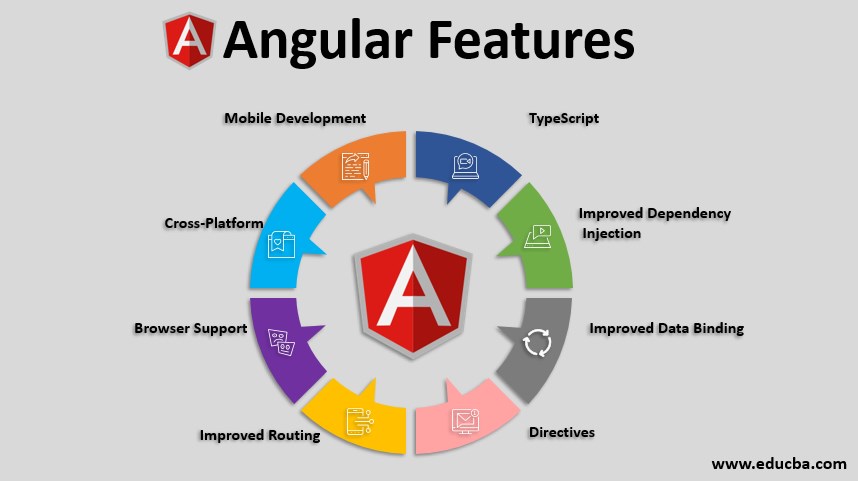In a world dominated by Google Drive, Dropbox, and OneDrive, privacy-conscious users are seeking more control over their data. The solution? Build your own personal cloud using open-source tools.
Whether you’re a developer, student, freelancer, or small business owner—having your own cloud means full control over storage, privacy, and security. The best part? It can be completely free.
In this step-by-step guide, we’ll show you how to build your own private cloud storage using free, open-source tools.
🔐 Why Build a Personal Cloud?
Cloud storage has become essential, but mainstream services come with downsides:
❌ Limited Free Storage
❌ Privacy Concerns
❌ Vendor Lock-In
❌ Ads and Tracking
By building your own cloud using open-source software, you gain:
✅ Full data control
✅ Expandable storage
✅ No third-party surveillance
✅ No monthly fees
Let’s dive into how you can set it up.
🧰 Tools You’ll Need
Here are the most popular open-source personal cloud platforms you can choose from:
1. Nextcloud
Arguably the most popular, with a full suite of apps for file storage, calendar, email, and even video calls.
Features:
File sync & share
Built-in end-to-end encryption
Mobile + desktop apps
Integration with ONLYOFFICE or Collabora Online
2. OwnCloud
A lightweight alternative to Nextcloud, perfect for basic file hosting.
Features:
File sharing
Web-based interface
Extensions for calendar & contacts
3. Seafile
Known for fast file sync and low resource usage.
Features:
High performance
Easy group sharing
File versioning
💡 Choosing the Right Hosting
To build a personal cloud using open-source tools, you have two main options:
🔸 Option 1: Host on Your Own Server
Raspberry Pi
Old desktop/laptop
NAS (Network Attached Storage)
🔸 Option 2: Use a VPS (Virtual Private Server)
Affordable cloud hosts like DigitalOcean, Linode, or Vultr offer plans from $5/month.
💡 Tip: Start with Raspberry Pi if you’re new. It’s cheap, low-energy, and perfect for Nextcloud.
🛠 Step-by-Step: How to Build Your Personal Cloud
Let’s walk through a typical Nextcloud setup on a Raspberry Pi.
✅ Step 1: Prepare Your Raspberry Pi
Install Raspberry Pi OS Lite
Update packages:
✅ Step 2: Set Up LAMP Stack (Linux, Apache, MySQL, PHP)
Install required packages:
sudo apt install apache2 mariadb-server libapache2-mod-php php php-mysql php-xml php-mbstring php-curl php-zip php-gd unzip
✅ Step 3: Install Nextcloud
Download and extract:
wget https://download.nextcloud.com/server/releases/latest.zip unzip latest.zip sudo mv nextcloud /var/www/
Set permissions and configure Apache:
sudo chown -R www-data:www-data /var/www/nextcloud
Create a virtual host file and restart Apache:
sudo systemctl restart apache2
Access your server’s IP in a browser and complete setup via the GUI.
🧪 Optional Add-Ons for Enhanced Cloud Power
ONLYOFFICE/Collabora – For editing Word docs in-browser
Fail2Ban – For brute-force protection
Let’s Encrypt SSL – Free HTTPS certificate
UFW Firewall – Secure your ports
📱 Access Your Cloud on Any Device
📲 Install the Nextcloud mobile app (iOS/Android)
💻 Use the desktop sync client (Windows/Mac/Linux)
🌐 Access files from any browser
🧩 Comparing Open-Source Personal Cloud Tools
| Feature | Nextcloud | OwnCloud | Seafile |
|---|---|---|---|
| File Sync | ✅ | ✅ | ✅ |
| App Ecosystem | ⭐⭐⭐⭐ | ⭐⭐ | ⭐ |
| Performance | ⭐⭐⭐ | ⭐⭐ | ⭐⭐⭐⭐ |
| Docs Integration | ✅ | ✅ | ❌ |
| Beginner-Friendly | ✅ | ✅ | ⚠️ (some CLI use) |
🔍 Why This Matters for Digital Privacy & Business
Building your own personal cloud using open-source tools gives you freedom:
Control your sensitive data
Cut cloud storage subscription costs
Host client files securely
Customize to fit business or personal workflows
💬 Real-World Use Cases
Freelancers: Store design files, documents, invoices
Photographers: Backup high-res photos without cloud limits
Students: Sync notes, research, PDFs across devices
Teams: Shared project folders with real-time sync
🔐 Security Best Practices
Always enable HTTPS with Let’s Encrypt
Regularly update your cloud platform and server
Use strong passwords and two-factor authentication
Limit user permissions where possible
✅ Final Thoughts
If you’re serious about digital privacy, flexibility, and control—there’s no better time to build your personal cloud using open-source tools. Platforms like Nextcloud and Seafile offer everything the big players do, without the cost or compromise.
At Digital WebXpert, we help individuals and businesses set up and secure their personal clouds. Need help getting started?
👉 Contact us today for a custom deployment or consultation.
🙋 FAQs
Q1: Is it really free to run a personal cloud?
Yes! The tools are open-source, and if you host from home or on a Raspberry Pi, you won’t pay ongoing hosting fees.
Q2: Is it secure?
Absolutely—if you follow best practices: use HTTPS, create backups, and install updates regularly.
Q3: Can I share files with others?
Yes. Nextcloud and OwnCloud both support secure public sharing with expiration dates and passwords.
Q4: What if I need more storage?
You can always add external drives to your server or scale your VPS.



